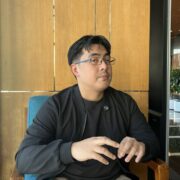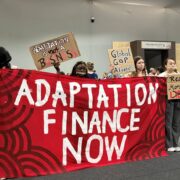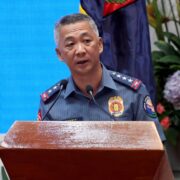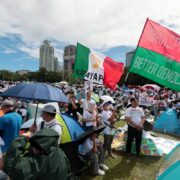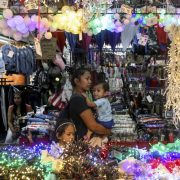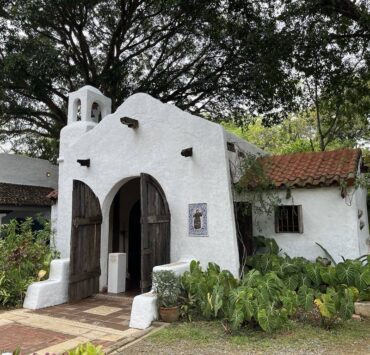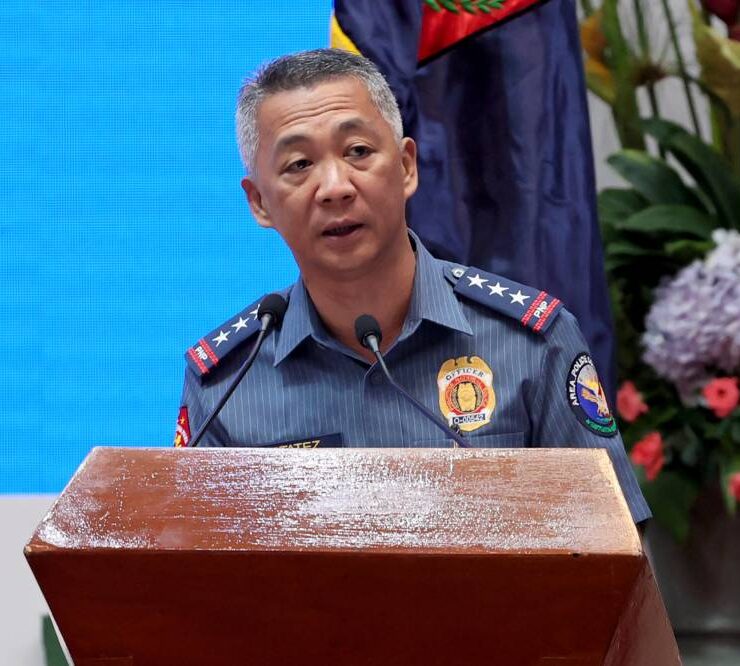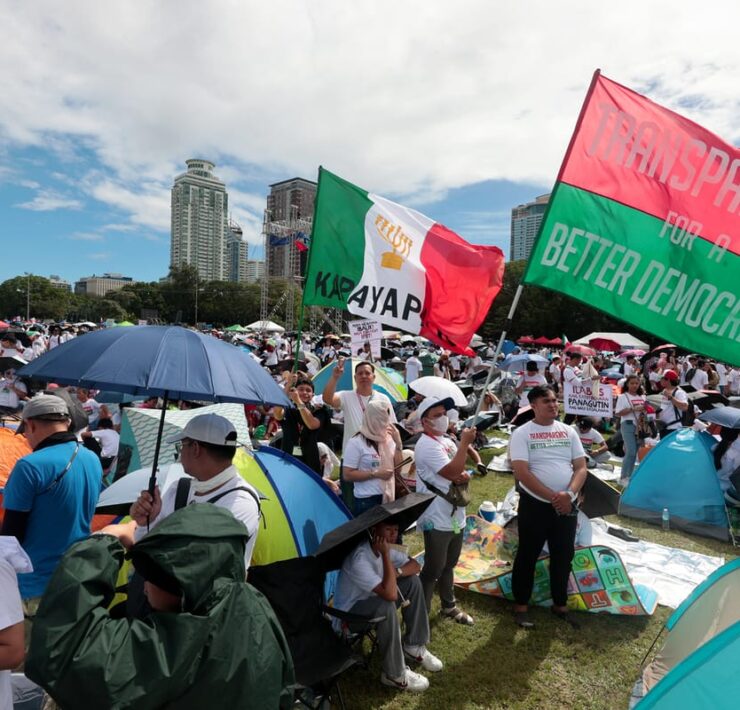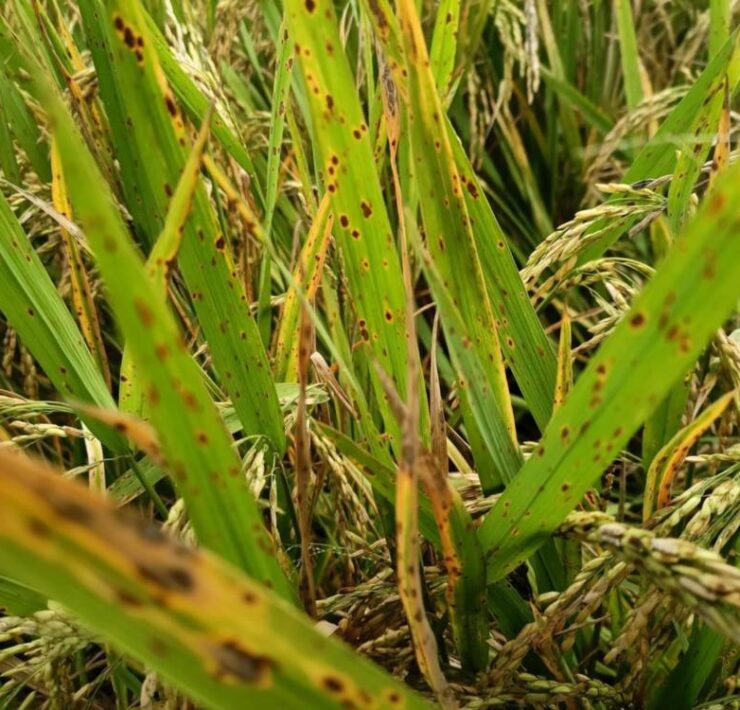For Betis sculptors, faith guides art
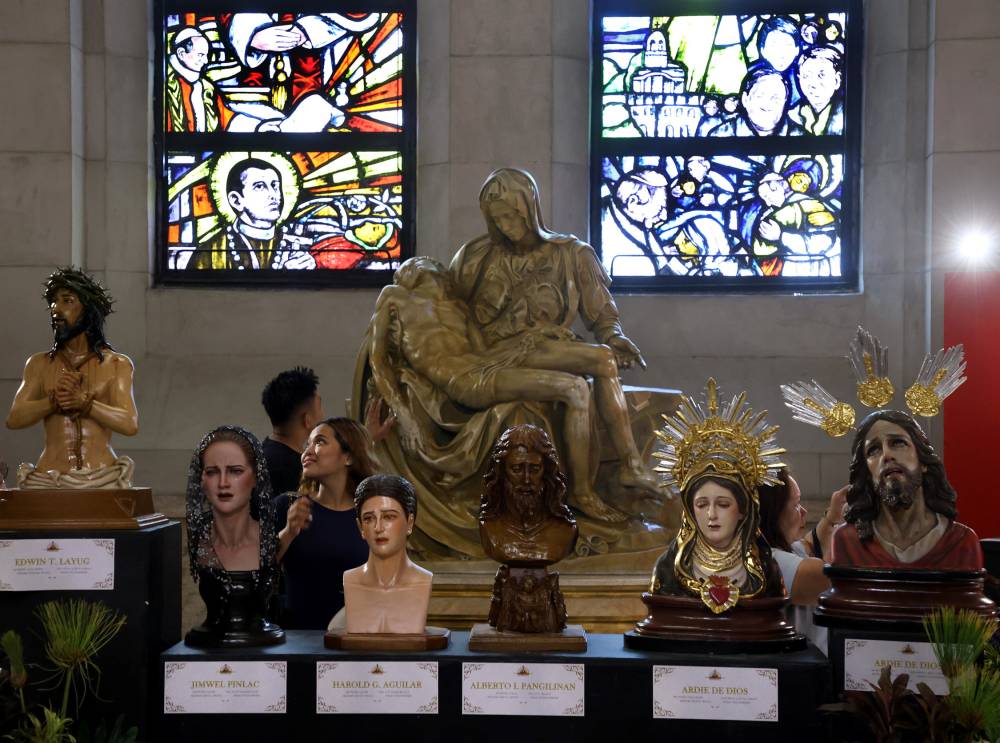
Luisito Cayanan calls himself nothing but a “manduquit.” When he utters the Kapampangan term, it sounds as a prized brand, like a special word for a sculptor, which he really is.
On top of that talent—of transforming a chunk of wood into an artistic piece for spiritual or cultural enrichment—Cayanan and 14 other manduquit from the Betis district of Guagua town in Pampanga made a single feat from their 16-day exhibit at the Manila Cathedral that ends this April 8.
It was their first time to put their works together and sell these to help raise funds for the Dukit Festival this December.
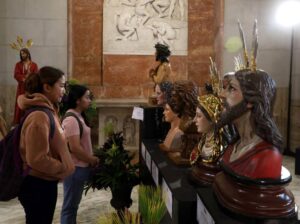
Their group, called the Manduquit Anluagi ning Sta. Ursula (Masu), and the Betis Dukit Heritage Foundation Inc. (BDHFI) work with the St. James the Apostle Parish in the Sistine Chapel-like Betis Church to sustain the art of sculpting or woodcarving religious images or furniture especially in the seven villages of the ancient town annexed to Guagua in 1903.
In the absence of a formal apprenticeship program or an art school, the heritage and craft have been popularized among the local youth since 2012 through two major events.
The first is a street dancing competition that teaches the step-by-step process of the craft that has seven definitive steps or movements. These are the “pamagsadya” (preparation of tools and treatment of wood), “pamaglagari” (cutting), “pamanyipit” (clamping), “pamangatam” (planing), “pamalantilya” (stenciling), “pamandukit” (carving or chiseling) and “pamamapil” (sanding) as derived and agreed upon in a workshop facilitated by Dr. Raymond Patterson of the Holy Angel University’s Performing Arts.
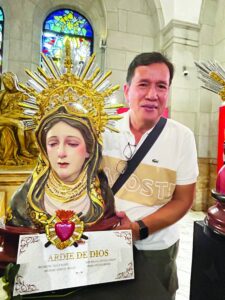
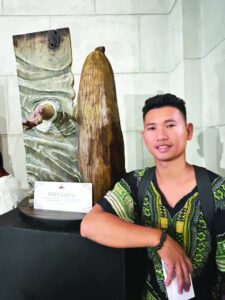
Religious themes
The festival’s other main event is an on-the-spot woodcarving contest, with artists from Paete town in Laguna and from northern Luzon provinces joining for prestige rather than for the cash prizes.
The exhibit, “Sacred Art of Betis,” sold three works while 13 others have been inquired about or reserved by potential buyers, said Ester Beltran, BDHFI treasurer.
Renowned Kapampangan sculptor Willy Layug, recipient of the Presidential Merit Award for Ecclesiastical Art and founder of Masu, led the artists, opening the exhibit on March 25 with a bold statement that “[the] arts and faith go together” not just because it is “Maleldo” (Lent).
The artists and their works on exhibit are Cayanan (“Cristo Rey,” “Creation of Man”), Alberto I. Pangilinan (“Jesus”), Jeffrey Rubio (“Pagtanggap sa Krus”), Rhen Layug (“Matthew 11:22-33”), Russel Pangilinan (“Sentesiado”), Edwin Layug (“Ecce Homo”), Nicolas “Nick” Lugue (“Jesus Cautivo”), Francisco G. Sibug (“Resurrection”), Alexander Bisda
(“Sto. Niño”), Rozaldo Franche (“Mother Teresa and Child”), Harold G. Aguilar (“Dolor”), Jimwel Pinlac (“Dolor”), Gaspar Sibug (“La Pieta”), Ardie de Dios (“Dolorosa, Kristo”) and Layug (“Salvator Mundi”).

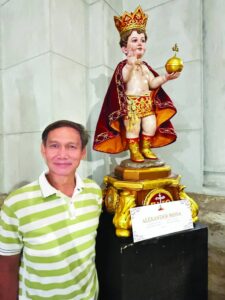

All Catholics, they chose religious themes and pray for divine guidance when at work. The prices of their works range from P110,000 to P600,000.
Cardinal Pablo Virgilio David, who was born and raised in Betis; Monsignor Rolando de la Cruz, rector of the Manila Cathedral; and Undersecretary Maria Catalina Cabral of the Department of Public Works and Highways blessed and inaugurated the exhibit at the Blessed Souls Chapel.
Layug is particularly happy for Pinlac because the youngest member of Masu is already showing to be good at doing the “encarna” (giving the face the emotion and real-life flesh).
Like his fellows, Cayanan struggled in his younger years, even peddling his works in Malate. He, Rubio and the rest said that as young boys, they learned by watching (“alben”) their elders do the craft or practicing with wood scraps (“retasong dutung”). They shunned the “selfish” ones and tagged after those willing to teach the techniques.
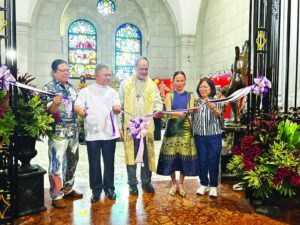
Connection
The exhibit, as it turned out, surfaced a connection not known to many.
In his speech, Cardinal David shared that the first Kapampangan cardinal, Guagua-born Rufino Santos, oversaw the restoration of the Manila Cathedral from the bombings of World War II. Architect Fernando Ocampo of San Fernando and his Kapampangan artisans reconstructed the structure while art and heraldry master Galo Ocampo of Sta. Rita town made the stained glass windows.
De la Cruz hopes that the Betis works “lead to the worship of the Divine.”
Using the cardinal’s donation of seed money, Layug said Masu has been working with the BDHFI, Don Honorio Ventura State University and the Bureau of Jail Management and Penology in giving woodcarving and clay modeling lessons to inmates in the Guagua jail as skills for livelihood.


